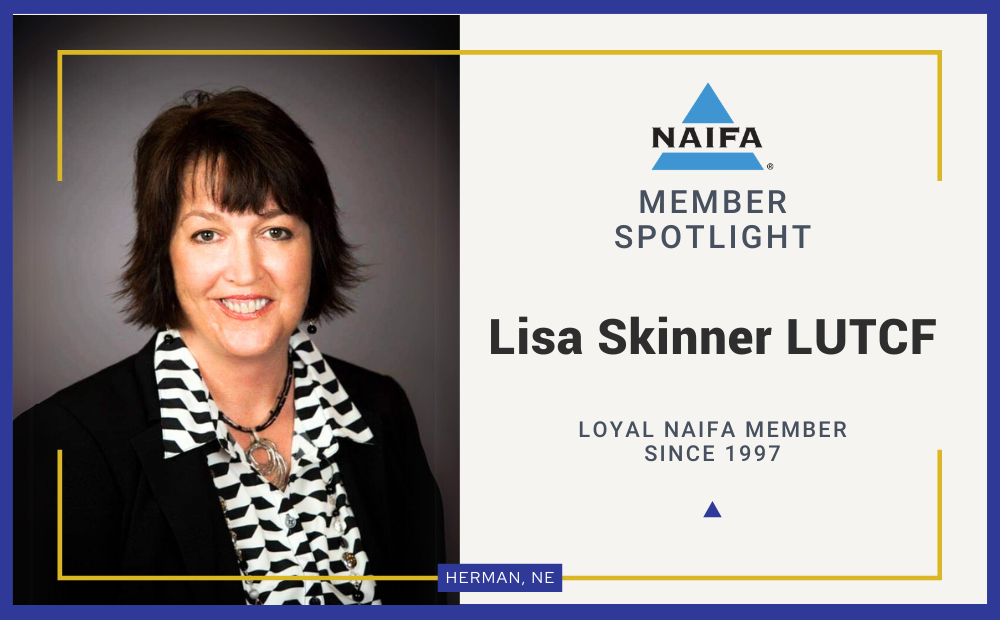Building bigger emergency funds continues to grow in importance as the top goal of Americans, while health care has overtaken Social Security as the top consumer concern, with more Americans reporting health issues and thinking about how to save for health care. This is according to two research reports by Hearts & Wallets, the source for retail investor data and insights.
The first report, Attitudes & Sentiment: Rise of Emergency Funds, Health Care and Struggle for Work-Life Balance, analyzes consumer sentiment, key concerns, financial goals, investing experience and general investing/ savings attitudes by life stage and asset class for U.S. consumer groups nationally.
The second report, Pain Points & Action: Inspirations for Helping Younger Savers and Consumers in Phases of Retirement, reveals the most pressing financial pain points that different groups of consumers face, the reasons they seek help, and the actions they have taken and plan to take.
Goals and dreams
“Build up an emergency fund” is this year’s No. 1 financial goal, cited by 49% of consumers nationally, according to the survey. This is up 12 percentage points since 2013, when only 37% of consumers had this goal.
Consumers with the least amount of money place the most importance on building up an emergency fund. For households with under $100,000 in investible assets, the goal of “emergency fund” was their No. 1 goal, up by 10 percentage points since 2015. The goal remains highly relevant for households with $100,000 to $500,000. Investment goals like “preserve capital” are No. 1 for wealthier consumers, with $500,000 or more in investible assets.
“For many households, an emergency fund represents a large part of their investible assets,” Laura Varas, CEO and founder of Hearts & Wallets, said. “These funds can be put to work to build wealth rather than sitting on the sidelines. Financial firms can introduce new ways manage emergency funds to help consumers build wealth without undue risk.”
The goal of “take a vacation” is second at 39% of 12 goals tracked by Hearts & Wallets IQ™ Database. Vacations are high on the list for younger consumers, as the goal of a vacation is neck and neck with other goals. Younger people rank “build up an emergency fund” as the top goal with 64%, and “take a vacation” as second, with 60%.
In contrast, the goal of a vacation drops for older consumers. Consumers ages 53 to 64 are focused on the future work-life balance goal rather than immediate vacations. Their top goals are “work less when older” (47%) and “stop work/retire when older” (46%), and they are focused on investing to make that happen.
“People who laugh about the desire to take a vacation instead of saving for retirement miss a key insight into what drives consumers,” Varas said. “Current versus future work-life balance is an important issue, and the need to refresh and reset should be acknowledged. Younger consumers need help aligning current work-life balance with the equally important goal of setting themselves up for success in the decades to come. The reality sets in for older consumers when they realize they need to prepare for the long vacation that comes when they stop working voluntarily or involuntarily. In effect, the whole conversation about retirement is actually work-life balance.”
Focus on health care
U.S. households rate “U.S. health care” as the top concern, with a jump to 44% nationally, up from 39% in 2016. This mirrors the national debate swirling around health care and consumer concerns of rising health-care costs.
“Social Security” is the No. 2 concern at 39%, dropping from 40% in 2016. The other eight concerns are discussed in the report. In an interesting twist, more households are reporting that they, their spouse/partner, parent or in-law, have experienced serious health issues or suffered from a serious chronic condition over the past four years.
Health care is a top issue across consumer life stages, with important nuances from the youngest to the oldest consumer. Purchase of health care, long-term care or life insurance is one of the top three actions either taken during the past 12 to 18 months or planned by Accumulators, as well as by Pre-Retirees and Post-Retirees.
Personal finance is getting harder for Accumulators, especially younger ones, with widening gaps between the advice they need and what they have sought help for. Over the past five years, many pain points, which were already high, further increased by over 10 percentage points. Pre-Retirees also experienced a recent spike in difficulties.
Younger consumers are seeking help more than ever with the tasks they find difficult. Households ages 21 to 39 are seeking help at a faster pace but not enough to keep up with the increases in difficulty. Advice gaps remain large because advice-seeking isn’t keeping pace with difficulties.
“Difficulty is one of the many drivers of seeking help,” Varas said. “Two other factors are seeing value in paying for professional financial advice and life events. More insights can be found in mining the insights of the Hearts & Wallets dataset.”
The reports are drawn from the Hearts & Wallets Investor Quantitative™ Database of over 40,000 households since 2010.
Ayo Mseka
Editor-in-Chief










.png?width=300&height=300&name=CC%202025%20Ad%20(300%20x%20300%20px).png)
.png?width=300&height=600&name=Tax%20Talk%20Graphic%20-%20email%20tower%20(300%20x%20600%20px).png)



.png?width=300&name=NAIFA-FSP-LH%20with%20tagline%20-%20AT%20blog%20email%20ad%20(300%20x%20250%20px).png)
.png?width=728&height=89&name=2024%20Congressional%20Conference%20(728%20x%2089%20px).png)
